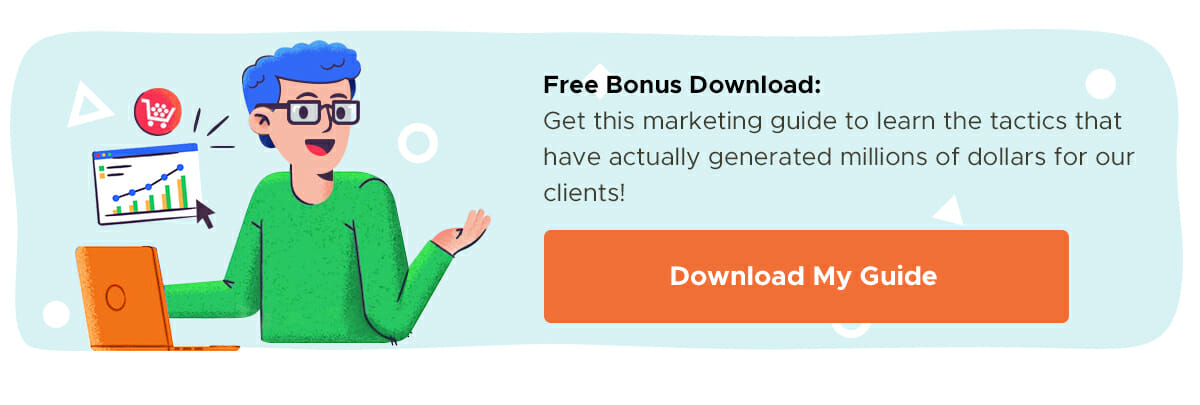You don’t have to be a SaaS business or a technology startup to benefit from the wisdom of the world’s largest companies. The 10 lessons I’ll share here will help you learn from the examples they’ve set in order to grow your company – no matter what size it is, what industry you’re in or what type of business you run.
What Are Unicorns?
I’m not talking Lisa Frank designs here:

In tech industry parlance, a “unicorn” is a privately held company that’s received a valuation of more than $1 billion. Companies can also be “decacorns” when they’re valued at over $10 billion and “hectocorns” when they hit a valuation of $100 billion or more.
As of January 2019, CB Insights reports that there are 326 unicorns located around the world, with a combined valuation of $1.1 trillion:
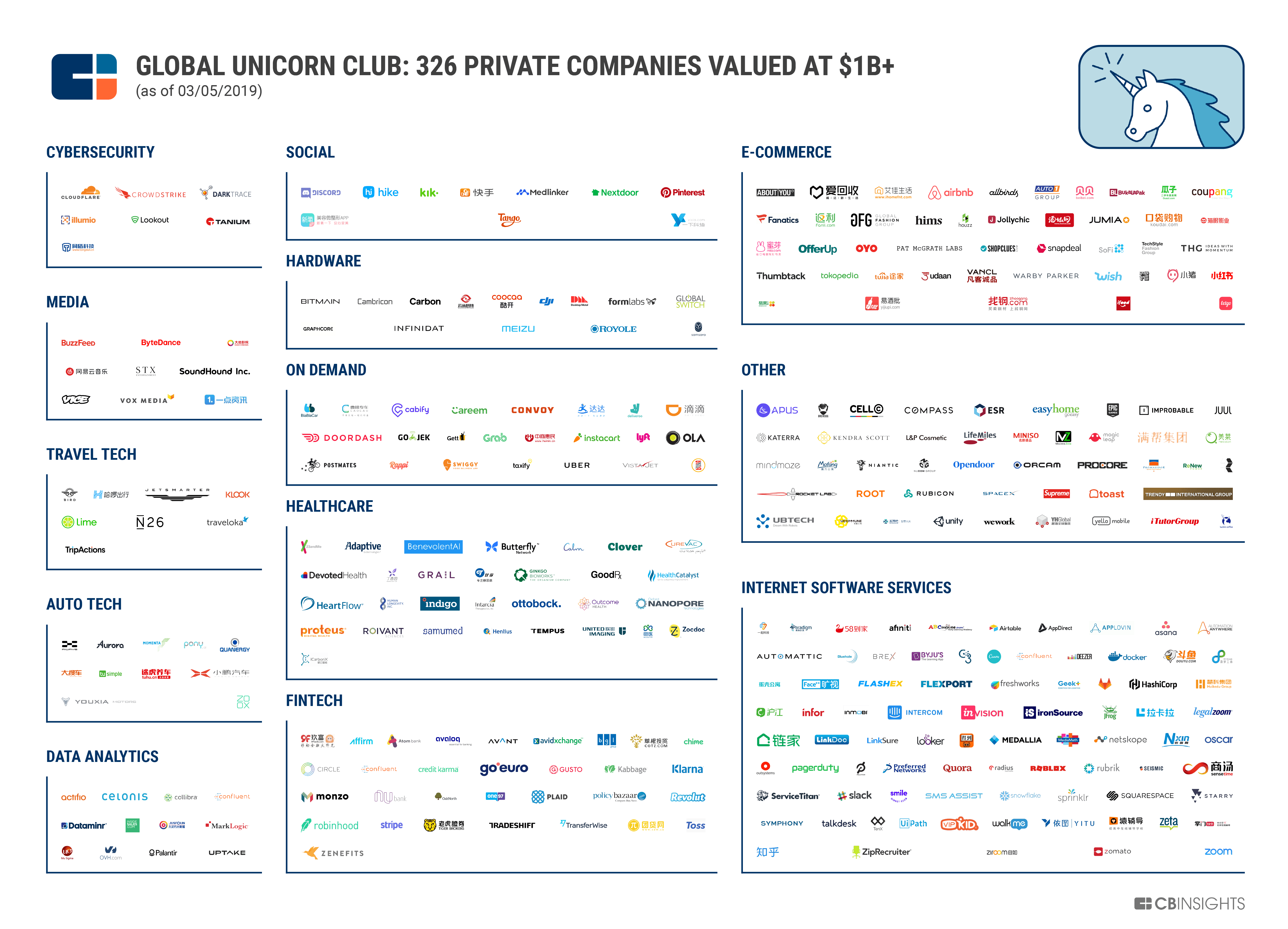
And their numbers are growing rapidly. The report shares that “Last year, 119 new companies joined the global unicorn club — a 67% increase from the 71 new unicorns in 2017.”
10 Lessons from SaaS Unicorns
You might think that the experiences of these mega-companies bear little resemblance to your own. After all, what can your business learn from unicorns like Bird, which went from zero to a $1B valuation in a record 1.25 years?
In fact, despite their differences in scale and funding, unicorns face many of the same challenges as smaller companies. Seeing how these successful businesses have overcome these issues can provide valuable insight and inspiration for those running their own growing companies.
Lesson #1: Solve a Problem
No company can succeed without solving a problem for its customers, whether they’re mom-and-pop businesses or multi-billion dollar enterprises.
Melanie Perkins, founder of Canva – which earned its unicorn status in January 2018 – attributes much of her company’s success to its ability to define and solve a problem:
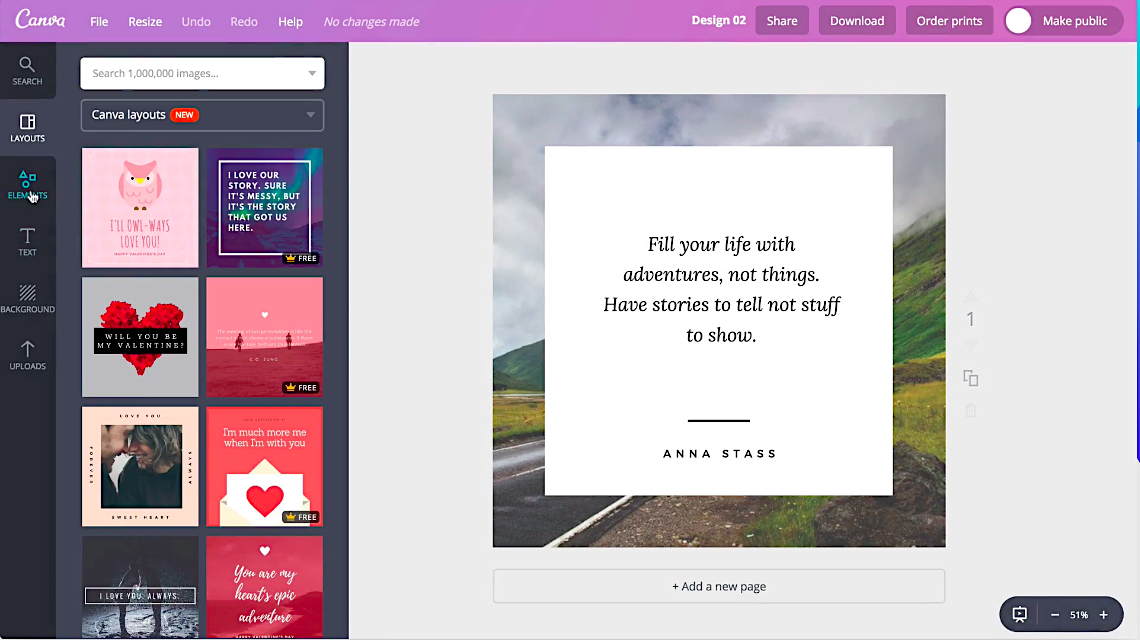
“I think the most important thing for any company is to solve an important problem,” she shared in an interview on Growth Everywhere. “First, when you launch, you’ll have an audience that cares about your company. And then secondly, they’ll tell other people because they care about that problem, too.”
If you can’t clearly state the problem that your company solves, how will you develop the products and services needed to solve it, let alone sell them to customers? Every successful business pairs a core problem with a compelling solution. Make sure you know yours.
Learn More:
Lesson #2: Start Small to Prove Product-Market Fit
Most problems can be solved in multiple ways, which means that defining your problem will likely result in the identification of several possible solutions. But when choosing which one your company will provide, think small to start with. Until you’ve proven that your target audience will buy your product or service, keep your investment manageable.
It’s easy to look at a company like VIPKid – a Chinese online language-learning EdTech company that has taught more than 200,000 kids and now has a valuation of more than $1.5 billion – and think that you need to go all in to make your mark. But when founder Cindy Mi first launched it, it was to a cohort of just four kids.

By starting small, Mi was able to test different concepts and find the most effective approach for educating students. Only after she’d proven market demand for her service and the efficacy of her solution in meeting it, did she begin seeking funding in order to scale.
Follow Mi’s lead by starting with a small minimum viable product (MVP) test before entering a new industry, regardless of the type of the problem you intend to solve.
Lesson #3: Don’t Be Afraid of Competition (But Do Know How to Handle It)
Competition isn’t something to be afraid of. Competition means there’s demand for what you’re selling, but it also means that, for the most part, consumers have already chosen a solution for the problem you want to solve.
Successfully handling competition and toppling your industry’s dominant providers is possible, but it requires harnessing the “last mover advantage.” First movers in a space have an advantage that comes from being the first to solve a problem. But those that enter markets after them get the benefit of being able to observe where existing solutions are falling short in order to fill the gaps they’ve left.
Slack is a great example of a company that succeeded despite the presence of established competitors:

Chat tools like HipChat already enjoyed widespread adoption, but when Slack’s founders realized that they missed the internal communication system they’d developed together in previous roles at Flickr and Glitch, they knew the opportunity existed to create something disruptive.
They were right. The “email killer” they rolled out now boasts more than 8 million daily active users and a $7.1 billion valuation, as of August 2018. Even though they faced stiff competition from industry incumbents, they were able to develop and deliver a better solution. Your company can do the same.
Lesson #4: Free Trials Are the New Viral Loops
For years, companies have been trying to replicate the success of the viral loop employed by Dropbox, which went public in a 2018 IPO at a valuation of $7.1 billion. Dropbox’s early growth was fueled by a two-way referral scheme, through which customers could earn free digital storage space by referring new users to the company:
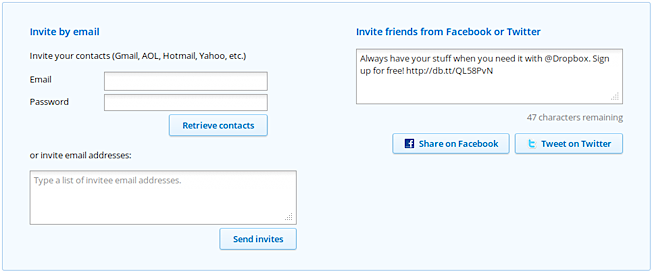
But while referral programs are still an important mechanism for company growth, they don’t produce the same explosive results these days, as the strategy has become much more commonplace. Dropbox was successful because it found an effective new strategy at a specific moment in time – but that moment has passed.
So what’s “in” these days? Increasingly, startups are turning to a freemium model that gives customers a taste of a their product or service, then charges a fee in exchange for full functionality.
Eric Yuan, CEO of Zoom Video Communications, owes much of his company’s success at achieving $100 million in annual recurring revenue (ARR) and a $1 billion valuation in 2017 to its free version. “We really want to get the customers to test our product,” he shared in an interview at SaaStr Annual. “This market is extremely crowded. It’s really hard to tell customers ‘You’ve got to try Zoom.’ Without a freemium product, I think you’re going to lose the opportunity to let many users test your products.”
Creating your own freemium version or free trial offer gives customers a chance to experience your solution in a risk-free environment, even if it’s something as simple as a free sample handed out in a shop. And although the right freemium model will look different for every company, this presentation from VC Tomasz Tunguz offers some insight into best practices:
Learn More:
Lesson #5: Deliver a Great First Experience
Whether or not you offer a freemium version or free trial, if customers don’t have a good experience at first, they won’t buy. End of discussion.
Sean Ellis, coiner of the term “growth hacking,” experienced this first hand in his work for LogMeIn. In a Foundr interview, he explained, “What we had was over 90% of the people who signed up for the product never actually used it, so you can imagine that there’s no return on investment if they never use the product, they’re not going to buy the product.”
Not sure if your customer experience is up to par? Process Street’s Benjamin Brandall offered the example of Trello, another unicorn, and the way its onboarding process provides genuine value without a hint of commercial intent (like those insistent “upgrade now!” messages):
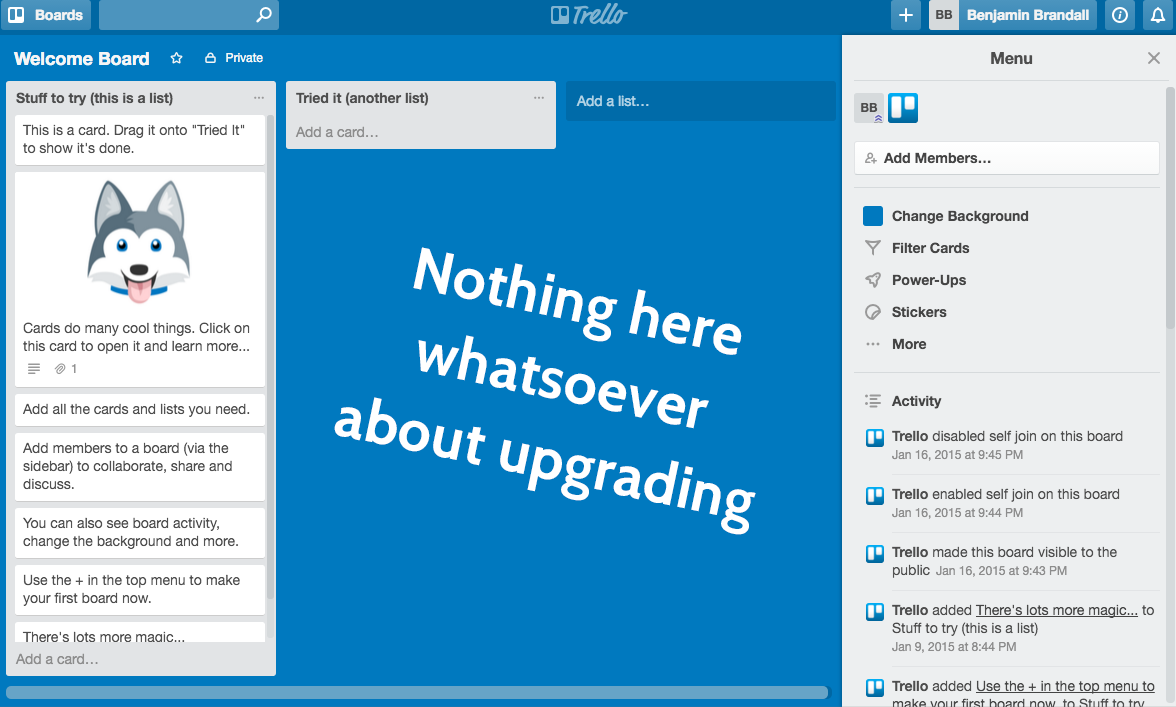
Ask yourself what it is that new customers need from you in order to be successful with your product or service. Then invest in their onboarding experience so that they can see and experience your company’s value as quickly as possible.
Lesson #6: Maximize Revenue by Prioritizing Repeat Customers
Improving your onboarding experience won’t just create happier clients. It’ll increase your odds of scoring one of the most valuable assets your company can have: repeat customers. Click To Tweet
We all know that it’s cheaper to sell to an existing customer than it is to sell to a new one. Food delivery unicorns like Postmates and DoorDash are leveraging this effect to the extreme, intentionally building their companies around a constituent base that’s likely to need their services over and over again:
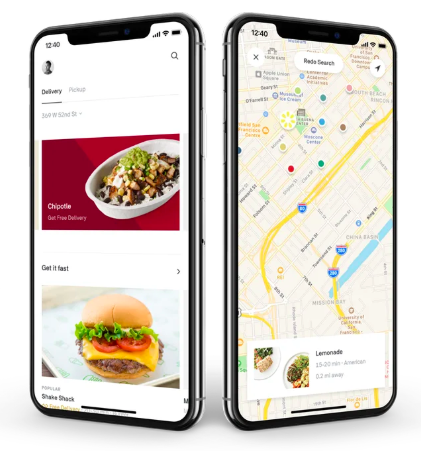
As Ladders contributor Kyle Young wrote: “After you’ve done the difficult work of getting people to actually try your product or service, you want to offer these new fans a way to keep giving you money — in the near future. Food delivery services are built on this model of repeat transactions. This is part of what makes them so successful — and attractive to investors. Repeat customers provide baseline revenue from which to grow.”
How can your company sell to the same customers more than once? If your core product or service doesn’t have a way to tap into the power of repeat customers, it’s time to think about a service extension or new solution with regular revenue potential.
Lesson #7: Look Beyond Your Initial Market
As you’re looking for new opportunities to sell to your existing customers, don’t forget to look outwards for new markets you can sell into as well.
Take Peloton as an example. Given the $2,000+ price tag of its exercise bikes, this unicorn initially viewed wealthy buyers as its target customer base. Yet, as Carolyn Tisch Blodgett, Peloton’s brand marketing lead, noted in an interview with Wall Street Journal’s Alexandra Bruell: “We realized, through conversations with our community, that there was a huge opportunity with people who thought $2,000 was a huge investment but were [buying] it over and over again because the product is so important to them.”
Whether your product costs $20 or $2,000, be careful about making assumptions. If your solution is compelling enough, it may connect with groups of consumers you’ll miss if you don’t look beyond your initial market.
Learn More:
Lesson #8: Don’t Lose Sight of Your Value Proposition
Even as you’re focusing on growth and expansion, don’t forget the elements of your value proposition that made your business successful. Churn follows quickly when you forget your core mission.
Airtable, a unicorn with a $1.1 billion valuation, is a great example of a company that defended its core vision, despite pressure to grow. As adoption of the company’s hybrid spreadsheet database tool grew, it became clear that Airtable’s diverse customers were using the program in very different ways. As a result, Airtable had to make some difficult decisions on how to grow sustainably while accommodating different use cases:
 In an interview with Intercom, Airtable’s founder, Andrew Ofstad, explained, “It takes a lot of discipline of being very intentional and stewing on a feature for a long time, running through the use cases in your head and then making sure you’re not trying to throw everything into it.”
In an interview with Intercom, Airtable’s founder, Andrew Ofstad, explained, “It takes a lot of discipline of being very intentional and stewing on a feature for a long time, running through the use cases in your head and then making sure you’re not trying to throw everything into it.”
The changes you effect at your company may not impact millions of users, but the decisions you make are just as critical. Use the core tenets of your value proposition as your north star – no matter how big you grow.
Lesson #9: Embrace Dramatic Change (When Necessary)
Sometimes, staying true to your value proposition necessitates dramatic change, as unicorn and digital marketing tool Wordstream discovered. After 2-3 years of development and millions of dollars in R&D spending, the company scrapped its original keyword research tool – all because it determined that the tool didn’t meet their customers’ needs.
Far from chalking up the decision as a loss, founder Larry Kim viewed making such a massive change as a win. In an article he wrote for Inc., Kim stated, “It was totally the right decision because this new product had the value to sustain higher average selling prices and longer customer lifetime values that were required to meet the original plan.”
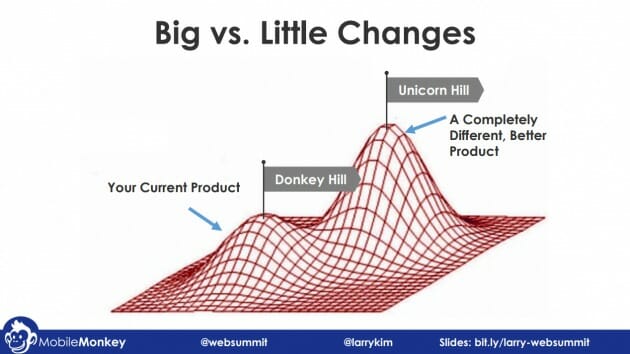
Dramatic, principled change can feel scary. But embracing it – when necessary – is one factor that separates successful companies from those that ultimately fade away.
Lesson #10: Get Help
Running a business is the same as being an athlete. Anyone can have the talent and inclination to grow a company, but without a good coach, that raw potential may not amount to a successful and sustainable athletic career.
That’s why Vlad Shmunis, founder and CEO of unicorn RingCentral, suggested looking for advisors and mentors who have traveled the road ahead of you at last year’s SaaStr Annual. Get the right people on your bus. Lean into their perspective, and learn from their mistakes. There’s no shame in asking for help. Business success at any level requires it.
Join a mastermind group or forum of likeminded entrepreneurs, marketers and business owners, such as:
Dive Deeper: Why Joining Multiple Mastermind Groups Will 10X Your Business
Bonus Lesson: Be Patient!
It’s tempting to think of the tech industry’s unicorns as “overnight success stories.” But that isn’t the whole picture. In fact, in an analysis of the historic revenue development of ~70 of the largest SaaS companies, VC Christoph Janz of Point Nine Capital found that “the average time-to-$100-million is 10 years.”
Neeraj Agrawal of Battery Ventures describes it like this: “You don’t climb all of Mt. Kilimanjaro in one day, and you don’t build the next SaaS standout quickly, either. Instead, you shrink your focus and keep your goals clear-cut then recognize what the next level looks like and scramble like mad to get there.”
Startup success isn’t built overnight, and chances are your business won’t be either. But if you’re willing to stay the course and put the tips above into practice, you’ll be able to draw on the wisdom of giants to position your business for long-term success.
